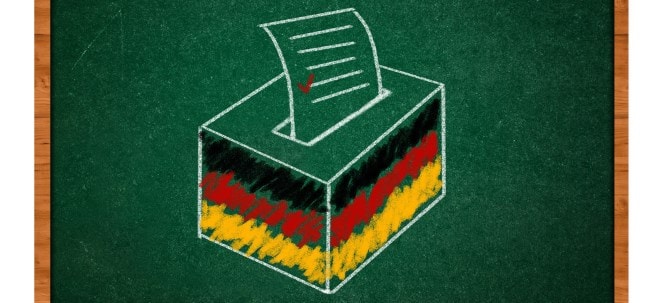Field work conducted in the fall of 2009 at the Company's Rattlesnake Hills Gold properties in Wyoming has successfully identified targets for follow-up detailed exploration work and possibly drilling this spring. The Crescent Resources Rattlesnake Hills land position consists of ten blocks of mining claims totaling approximately 9,000 acres located adjacent to and near Evolving Gold's (EVG) discovery at their Rattlesnake Hills Gold Project (see Map #1 below). The location of Crescent's claims is focused on Eocene-age alkaline and sub-alkaline volcanic/sub-volcanic rocks and associated structures known to host gold mineralization in the Rattlesnake Hills district.
Since August 2009, exploration focused on only four of ten claim blocks the DC, SR, QL and BG claims. Reconnaissance programs over the four blocks consisted of preliminary geologic evaluations (with 164 rock samples being taken), stream sediment and limited soil surveys (92 and 198 samples taken), and two ground magnetic surveys. Crescent has received complete results for the DC and SR claim blocks with results still pending for the QL and BG claims.
Phase 1 reconnaissance exploration confirmed the presence of elevated gold and arsenic values in rock samples and therefore the potential for discovery of alkaline related gold mineralization. Mid- to low-level gold anomalies from rock samples associated with prospective geology (the same or similar rock types, alteration, spatial relationships and structures to those on the nearby Evolving Gold ground,) on the DC and SR claims are considered significant and warrant aggressive follow-up exploration work. Historical work in the area show that low-level gold values from surface rock samples (some as low as 30 to 50 parts per million (ppm), are sometimes an expression of deeper gold mineralization at Rattlesnake Hills. Two prospects in particular warrant significant follow-up in 2010.
RESULTS FROM THE DC CLAIMS
The DC claims cover a northeast trending series of four phonolite stocks that are located along the northwest side of a circular grouping of phonolites which includes the North Stock phonolite and adjacent Antelope Basin area, which are the locations of Evolving Gold's discovery only two to three kilometers to the southeast. (See Map #2 below) The geology and gold mineralization prospectivity at the DC claim area is considered similar to the North Stock-Antelope Basin area. This has been reinforced by results of Crescent's 2009 exploration at the DC claims. Specifically, four samples containing gold anomalies of 32, 34, 42, and 452 parts per billion (ppb) were collected from structural/breccia zones along the margins of 3 phonolites and are considered significant. These four samples also contain significantly anomalous arsenic (As) values of 21, 58, 102, and 124 ppm. Arsenic is considered to be an important pathfinder element in this geological environment.
RESULTS FROM THE SR CLAIMS
The SR claims are located on a circular complex of quartz-latite stocks and flows. The complex is comprised of two main stocks which appear to be made up of multiple circular intrusives. In the southern portion of the claim block quartz-latite intrusive rocks are strongly carbonate altered with some zones containing brown carbonate veining, which are characteristic of host rocks in alkaline gold deposits. Several northeast and east trending structures cut through the complex. Three carbonate altered samples collected from a fault zone at the southeast side of the more southerly stock contained 35, 36, and 48 ppb gold. Additional potentially mineralized structures are indicated from soil sample lines containing anomalous arsenic values.
2010 EXPLORATION PROGRAM
Subject to financing, the planned 2010 exploration program will consist of follow-up geologic surveys, including detailed mapping and rock sampling, focused soil sample surveys and CSAMT geophysics surveys. Subject to the findings of the exploration program, drilling is planned for the summer of 2010.
GEOLOGY
Evolving Gold's discovery of both high-grade gold zones surrounded by larger lower grade gold "halo" zones in alkaline sub-volcanic intrusive rocks with associated widespread carbonate and potassic alteration suggest a strong geological similarity between the Rattlesnake Hills gold system and several other past gold producing deposits that are part of the Rocky Mountain Alkaline Gold District. These include the Cripple Creek gold camp in Colorado which has produced approximatley27 million of ounces of gold from both high grade underground-mined vein systems and broad low-grade open pit deposits; the Zortman-Landusky (~2-million ounces of gold) and Golden Sunlight gold mines in Montana (~1.5-million ounces gold) and the Ortiz gold district in New Mexico (~1.5 million ounces gold). |


 Thread abonnieren
Thread abonnieren

